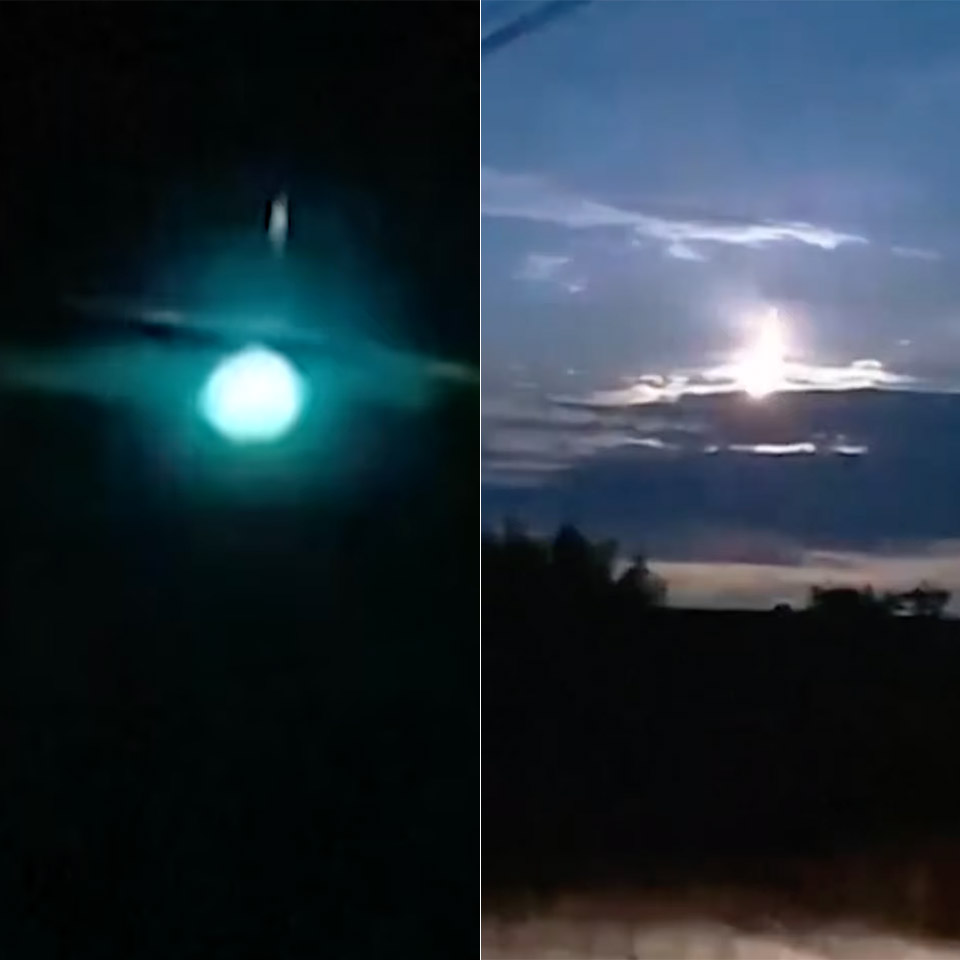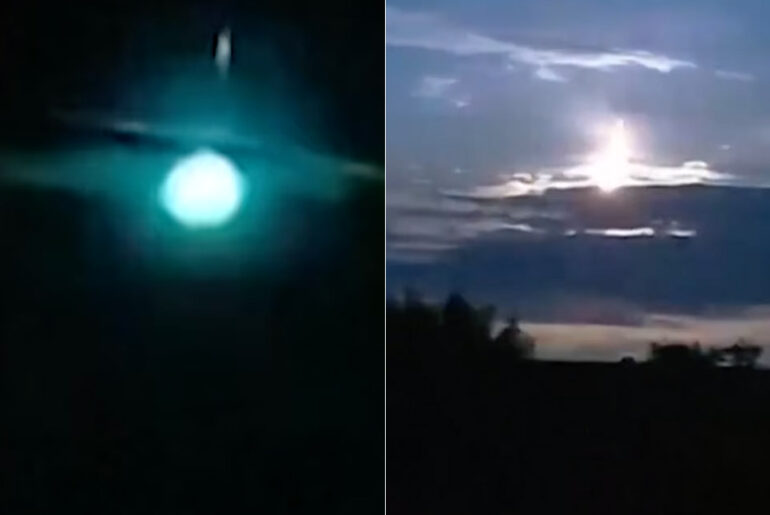
On August 19, 2025, shortly after 11:00pm in Western Japan, a bright flash lit up the night sky. Yoshihiko Hamahata was driving in Miyazaki when he saw a white light so bright the outlines of nearby houses became visible as if the sun had returned. However, this was no UFO, but rather a fireball.
Fireballs are meteors with drama. When a space rock, or meteoroid, hits the Earth’s atmosphere at high speed, friction ignites it and you get a streak of light. Most meteors are tiny and flash briefly. NASA states that a fireball is brighter than Venus and has a visual magnitude of -3 or higher. These celestial firecrackers, often triggered by objects over a meter in diameter, can light up entire regions. In Japan, this fireball was visible for hundreds of miles, from Kyushu’s southwestern coast to Osaka’s city, showing its power.
- Superior Optics: 400mm(f/5.7) focal length and 70mm aperture, fully coated optics glass lens with high transmission coatings creates stunning images...
- Magnification: Come with two replaceable eyepieces and one 3x Barlow lens.3x Barlow lens trebles the magnifying power of each eyepiece. 5x24 finder...
- Wireless Remote: This refractor telescope includes one smart phone adapter and one Wireless camera remote to explore the nature of the world easily...
Videos showed a series of green-blue flashes, then a final burst of orange-red as the fireball disintegrated near the horizon. Some witnesses reported a low, loud boom, meaning the object had broken the sound barrier. Daichi Fujii, a fireball expert and curator of Hiratsuka City Museum, calculated its speed at 21 km/s (47,000 mph). After analyzing its motion against the stars, Fujii thought it came from the asteroid belt between Mars and Jupiter, a cosmic junkyard of stony debris from the early days of the solar system.
Cameras at Kagoshima, Fukuoka and Matsuyama airports caught the fireball at 11:08pm. Toshihisa Maeda, director of the Sendai Space Museum in Kagoshima, confirmed it was a fireball and said it made the night sky feel like daytime. He thinks it ended its journey in the Pacific Ocean, a watery grave where no fragments can be recovered. This is a loss for scientists like Luke Daly, a planetary geoscience professor at the University of Glasgow. Daly told The Washington Post that if we could recover these objects we could learn about the solar system’s early days billions of years ago.
[Source]









